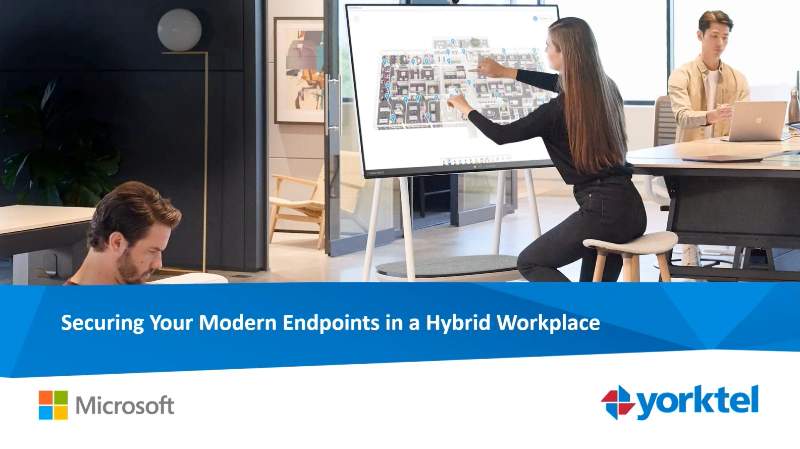What is IT Asset Management?
IT Asset Management (ITAM) is the ongoing task of recording, evaluating, maintaining, and disposing of the IT assets of an organization. The purpose is to ensure that all IT assets are accounted for and utilized to their full potential, with any unnecessary assets recycled or disposed of appropriately.
It’s important to have an effective IT asset management framework in place to help maintain smooth business operations, keep the business running, reduce losses, and avoid security and compliance issues. ITAM covers everything from laptops and computers to software licenses and service subscriptions.
The items that one should include in an enterprise IT asset management framework include:
- Inventory – This covers all your IT hardware and software, including computers, servers, phones, switches, software, computer storage, and any other IT-related items.
- Contractual Data – It’s vital to keep track of software licenses and mobile phone subscriptions, as these often go to waste when staff leave the organization. With an ITAM system, it’s easy to locate and recycle unused software licenses and phone subscriptions. You should also keep a record of hardware warranties and support agreements so devices don’t lapse out of coverage.
- Financial Data – Keeping track of your IT spending is vital for maintaining an accurate budget and forecasting future costs. Your IT asset management process should include a database dedicated to tracking all associated financial transactions.
What are the Benefits of IT Asset Management?
An effective IT asset management framework provides several benefits to an organization, including cost savings, optimized IT systems, hardware lifecycle tracking, and better financial forecasting. An effective IT asset management framework means increased efficiency, which results in an organization saving money in the long run.
Without an established set of IT asset management best practices, you may not notice missing equipment or unused licenses and could end up spending a lot more on IT than necessary. Here are some great tools to help maintain your enterprise IT asset management process:
- Asset Discovery – An IT asset management process can use your existing infrastructure to discover and list devices on your network automatically.
- Lifecycle Management – With an up-to-date inventory of all assets within your organization, the ITAM system can keep you informed about the various lifecycle stages of your devices and licenses.
- IT Asset Usage Data – An ITAM system tracks how often individual items are being used and informs you about under- or over-utilization.

How can Endpoint Management defend your organization?
Without modern, adaptive Endpoint Management, antivirus software can be easily bypassed, leaving your entire organization vulnerable to attacks. Learn how to prevent this.
IT Asset Management Best Practices
To ensure your IT asset management framework is running at maximum efficiency, you should engage a team who is skilled in enterprise IT asset management best practices.
1. Define Your ITAM Team
It’s important to have a dedicated ITAM team in place rather than relying on the IT department to fit it into their schedule. Many organizations find it beneficial to outsource their ITAM needs to a third-party managed services provider.
2. Maintain Ongoing IT Asset Management Best Practices
You should implement IT asset management best practices on a daily or weekly basis to ensure inventory is up-to-date and all items are accounted for.
3. Implement ITAM Proactively
To ensure all licenses are valid and avoid “surprises” from an unexpected audit, implement ITAM proactively. This also helps to ensure sufficient hardware is available for new deployments or unplanned replacements.
4. Draw up an ITAM Lifecycle Plan
Following an ITAM lifecycle plan will help to better keep track of assets. It should include the five stages of ITAM:
- Planning
- Procurement
- Deployment
- Maintenance
- Retirement
5. Carefully Track Financials
If you aren’t tracking your subscriptions and licenses carefully, you could end up spending money unnecessarily. Worse still, you could end up deploying unlicensed software. It’s an organization’s responsibility to ensure that all their software deployments are licensed, so it’s best practice to keep a close eye on this information.
Choosing an IT Asset Management Partner
For enterprises that are growing rapidly, IT asset management can be an overwhelming task. To ensure you get the most out of your ITAM strategy, you must choose the right ITAM partner. Consider the following factors when making your decision:
- Do they meet your organizational goals, such as compliance and contractual needs, consumption requirements, or adequate cloud asset coverage?
- Do they have the capabilities to meet the needs of an organization your size?
- Are they familiar with your organization’s vendors and have expertise in the platforms you use, i.e.: Apple or Microsoft?
Ready to Learn More About Our Enterprise IT Asset Management Services?
Yorktel offers a wide range of IT managed services that include enterprise IT asset management, network assessment, and IT lifecycle services. Speak to a Yorktel expert today and find out how we can help your organization overcome its IT asset management challenges and fully utilize the technology available.
